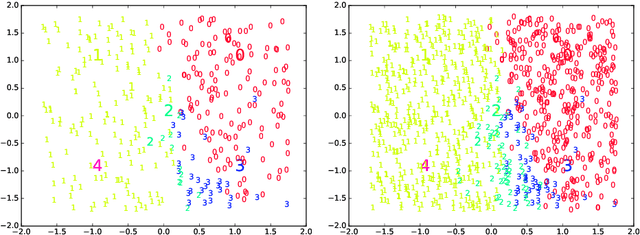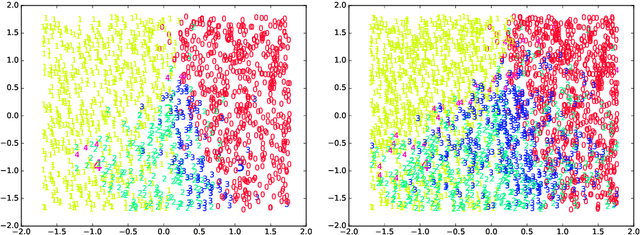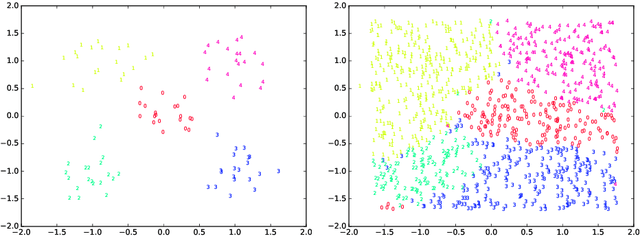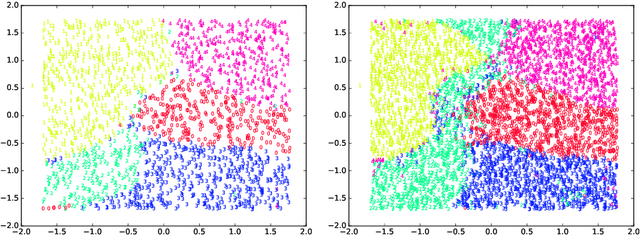Emil Eirola
Extreme Learning Tree
Dec 19, 2019


Abstract:The paper proposes a new variant of a decision tree, called an Extreme Learning Tree. It consists of an extremely random tree with non-linear data transformation, and a linear observer that provides predictions based on the leaf index where the data samples fall. The proposed method outperforms linear models on a benchmark dataset, and may be a building block for a future variant of Random Forest.
Incremental ELMVIS for unsupervised learning
Dec 18, 2019



Abstract:An incremental version of the ELMVIS+ method is proposed in this paper. It iteratively selects a few best fitting data samples from a large pool, and adds them to the model. The method keeps high speed of ELMVIS+ while allowing for much larger possible sample pools due to lower memory requirements. The extension is useful for reaching a better local optimum with greedy optimization of ELMVIS, and the data structure can be specified in semi-supervised optimization. The major new application of incremental ELMVIS is not to visualization, but to a general dataset processing. The method is capable of learning dependencies from non-organized unsupervised data -- either reconstructing a shuffled dataset, or learning dependencies in complex high-dimensional space. The results are interesting and promising, although there is space for improvements.
Comparison of Classification Methods for Very High-Dimensional Data in Sparse Random Projection Representation
Dec 18, 2019


Abstract:The big data trend has inspired feature-driven learning tasks, which cannot be handled by conventional machine learning models. Unstructured data produces very large binary matrices with millions of columns when converted to vector form. However, such data is often sparse, and hence can be manageable through the use of sparse random projections. This work studies efficient non-iterative and iterative methods suitable for such data, evaluating the results on two representative machine learning tasks with millions of samples and features. An efficient Jaccard kernel is introduced as an alternative to the sparse random projection. Findings indicate that non-iterative methods can find larger, more accurate models than iterative methods in different application scenarios.
 Add to Chrome
Add to Chrome Add to Firefox
Add to Firefox Add to Edge
Add to Edge